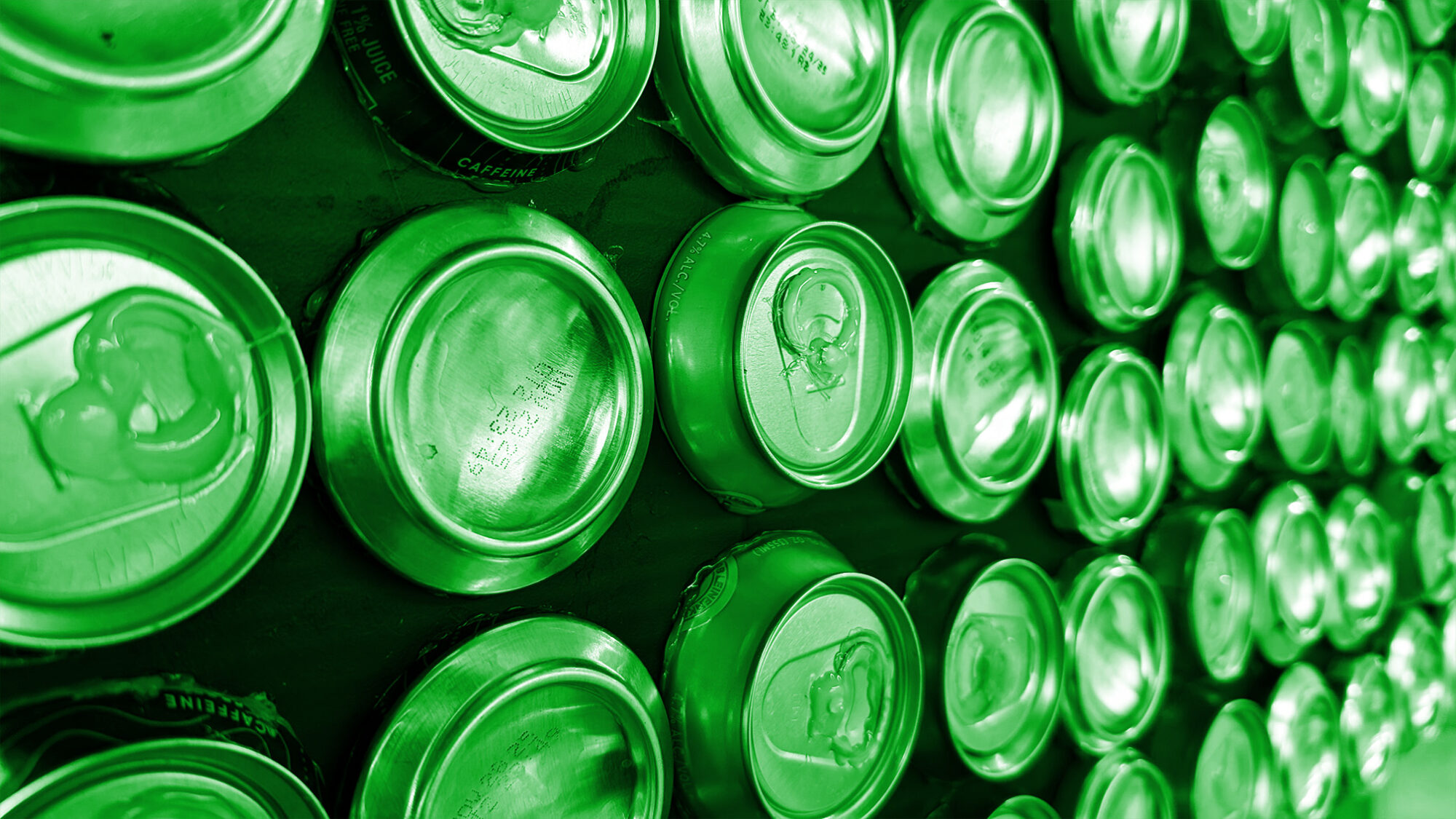This multisensory interactive mobile sculpture features multiple different-sized boxes with 2 distinct sensory experiences:
Balloon Blocks: Visually responds to sound
Texture Blocks: Provide tactile feedback linked to sound
This sculpture gives users the opportunity to connect their senses as they can interact with textures to produce corresponding sounds, creating a tangible sensory experience. These corresponding sounds are meant to be “the feeling you get when you touch it, not the feeling of touching it.” The feedback combines visual, auditory, and tactile responses to create a cohesive interactive environment.
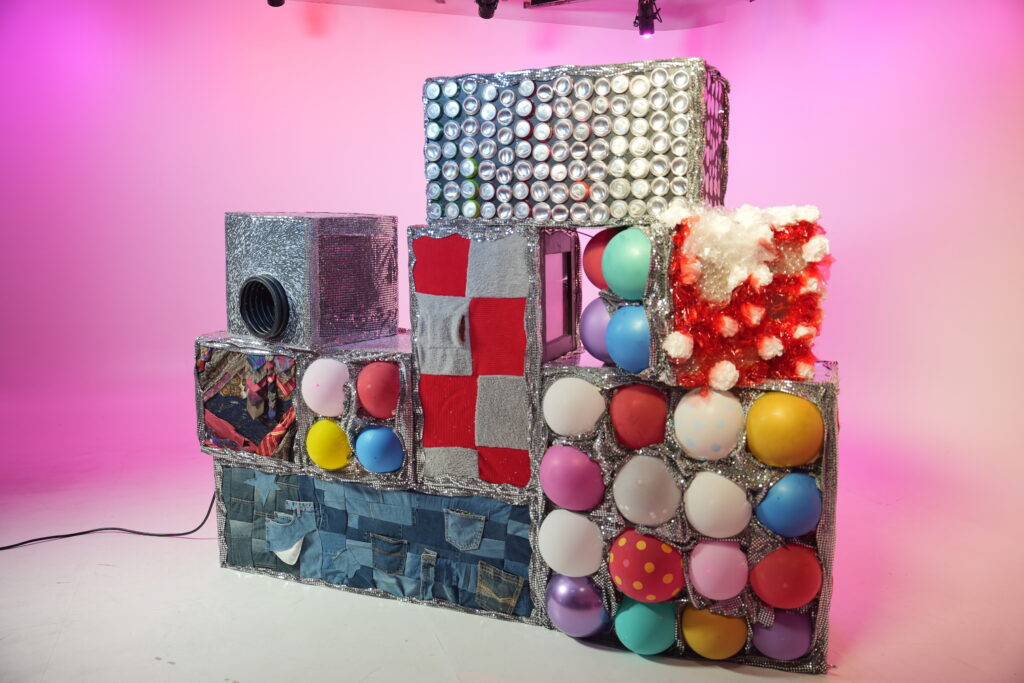
gallery of final documentation – images and video {delete this note}
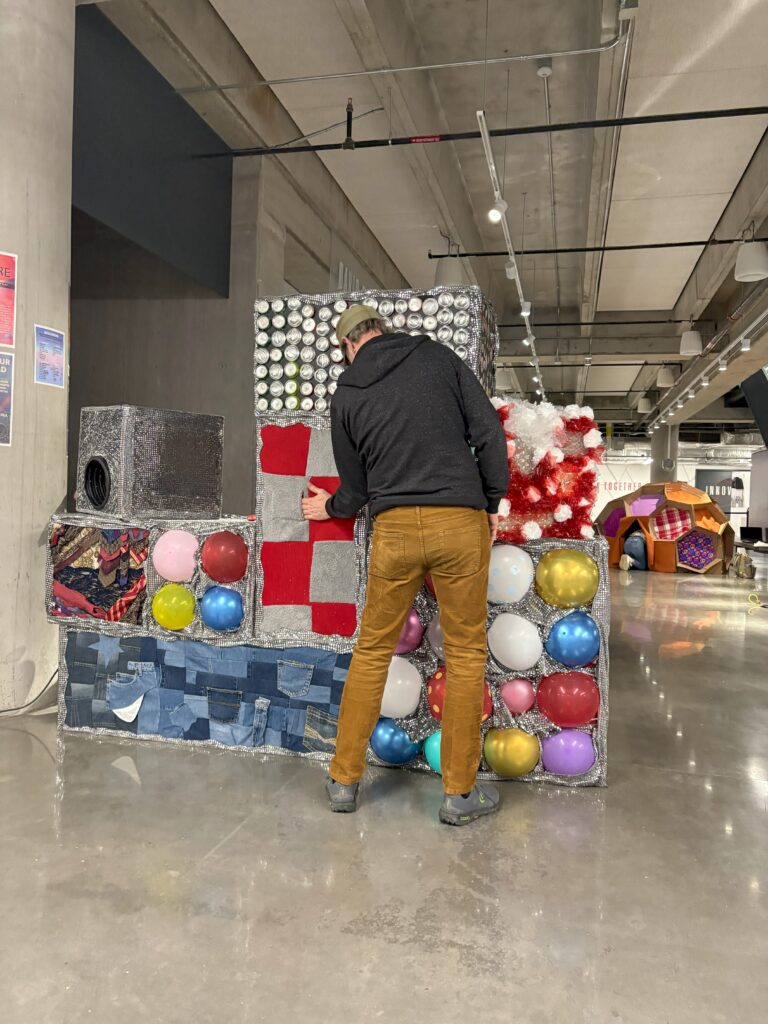
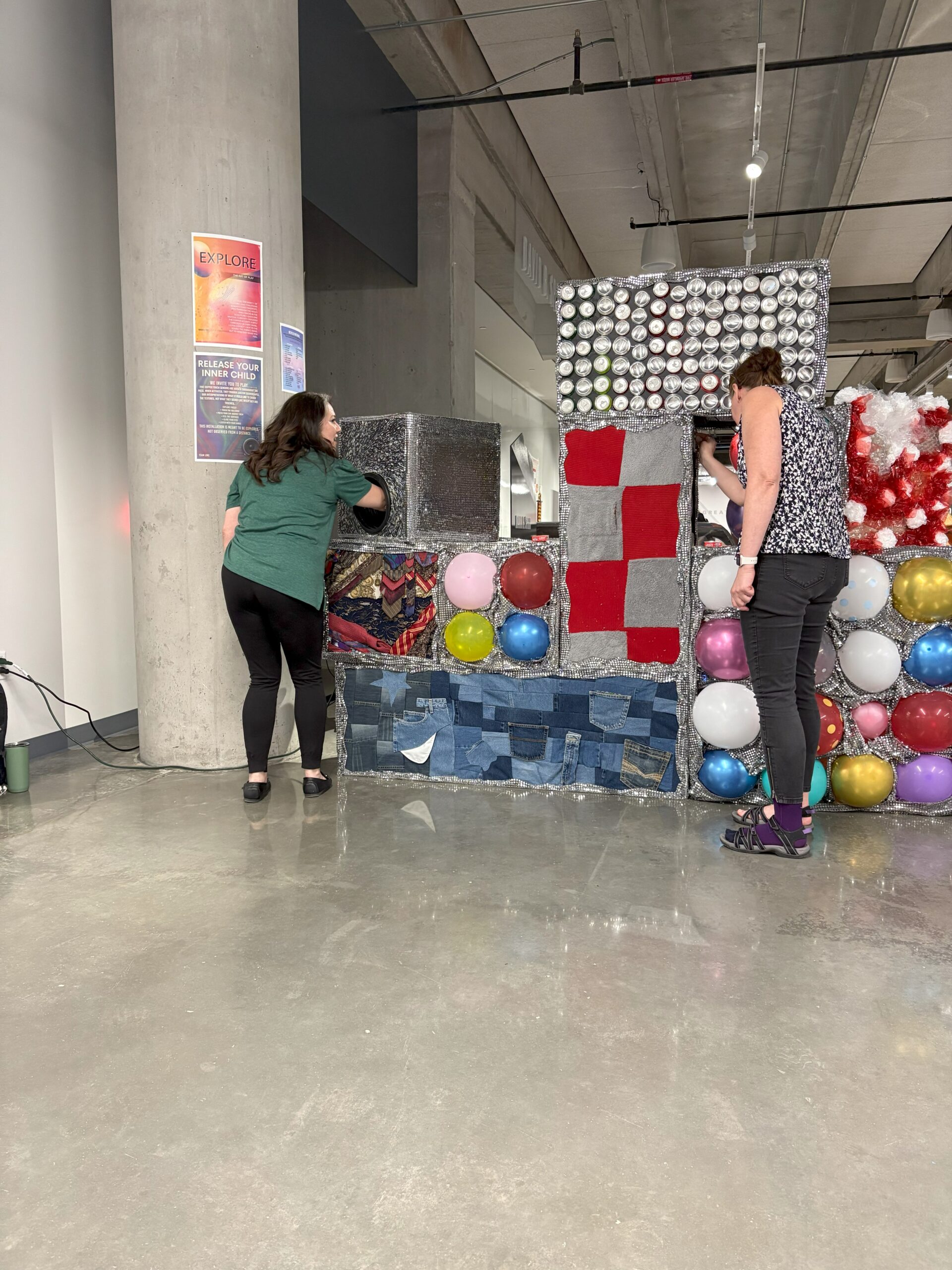
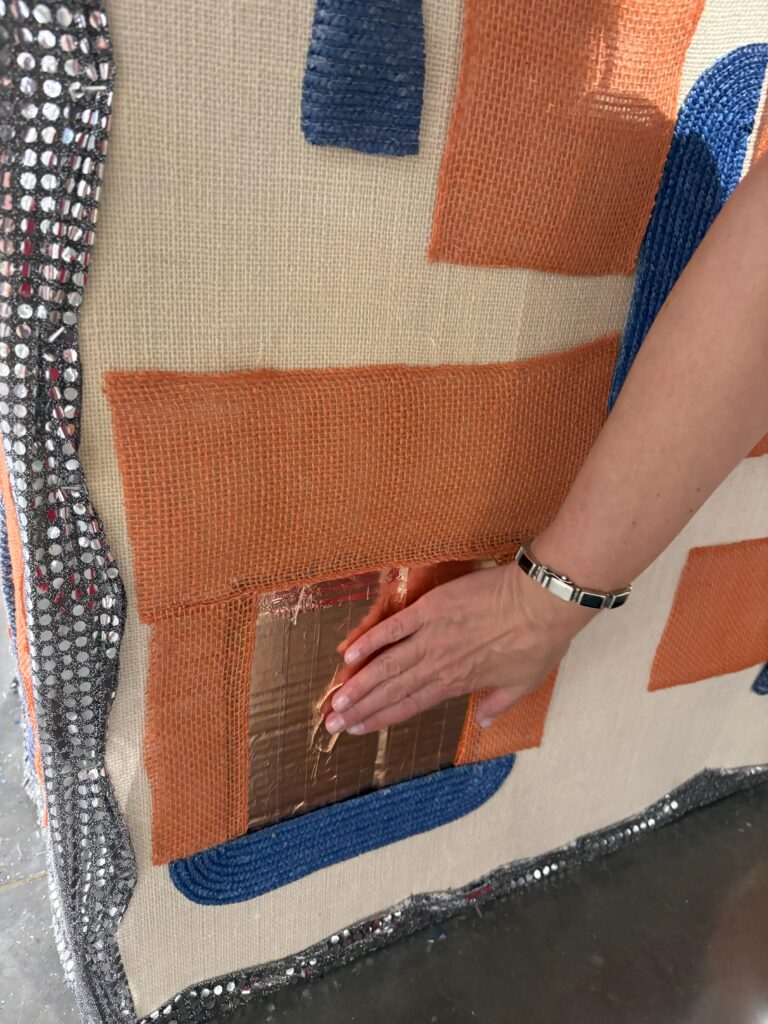
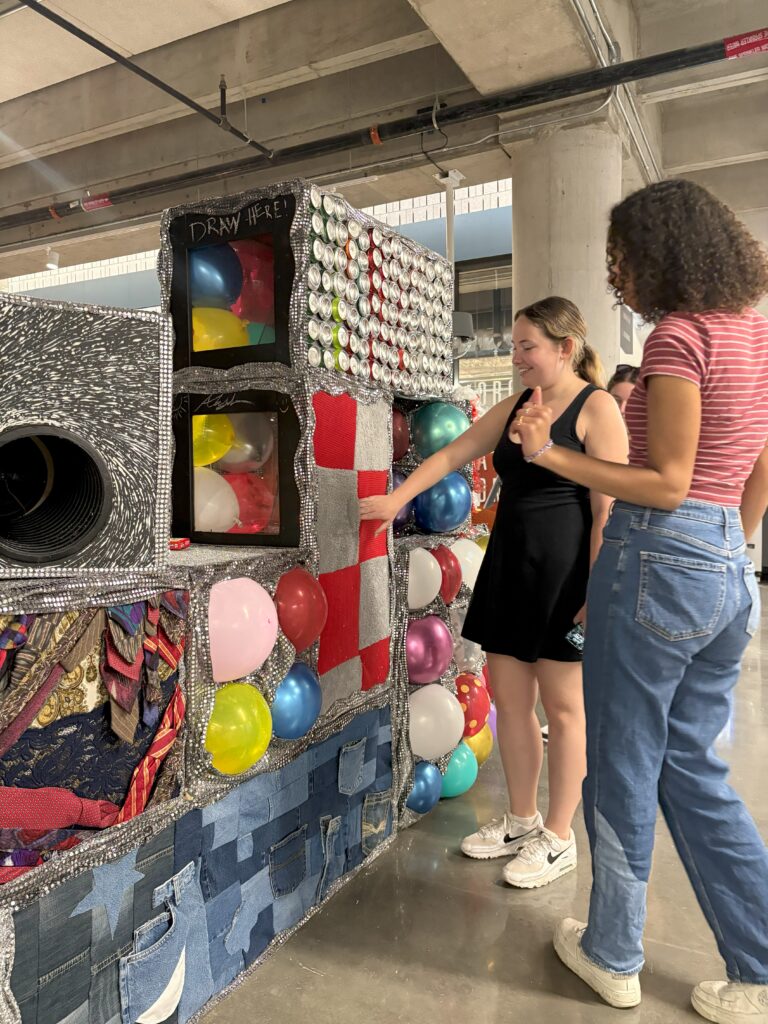
RESEARCH
We were inspired to create this project after hearing a story about a girl who was hard of hearing walking along a boardwalk with her friend. As they passed a booth with a balloon dart game, she stopped and asked if she could have a balloon to hold in her hands. While she couldn’t hear the music playing at the booth the way her friend could, she could feel it through the surface of the balloon. The vibrations, the rhythm, the energy. That simple moment stuck with us. It showed how sound can be experienced in a different, more embodied way, not just through hearing, but through touch and movement.
As someone who is hard of hearing myself, I (Aleyah) felt personally connected to this concept. I’ve been aware of how sound can live beyond hearing, in motion, in pressure, and in vibration. This project was a chance to explore that and to create something inclusive and emotionally meaningful for others with similar experiences.
When a balloon responds to sound, it’s because of vibrations traveling through the air. These pressure changes hit the surface of the balloon, causing it to vibrate. Lower frequencies, like bass, create slower, fuller movements, you can see the balloon bulge or shift. Higher frequencies, like treble, cause faster, more delicate ripples. In that way, the balloon acts almost like a visual-tactile speaker, something you can see and feel, translating sound across senses.
During testing, we ended up learning just as much from the people around us. Our classmates, professors, and even our bosses joined in, interacting with the balloons in unexpected ways. Some held them to feel the beat in their hands or chest. Others placed their ears against the surface and noticed it amplified the sound. A few experimented with adding water or other materials inside the balloons to see how it changed the sensation. These moments of curiosity and shared play became one of the most joyful and surprising parts of the process.
This project became more than a sound experiment, it became a way to bring people together through experience. A tool for feeling music, not just hearing it. A reminder that design can be emotional, inclusive, and sensory all at once.
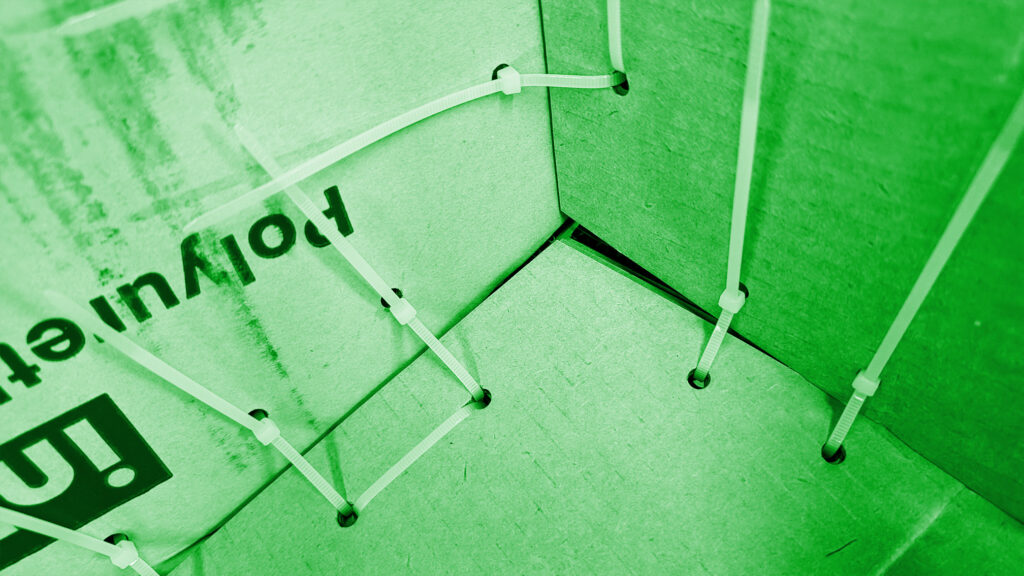
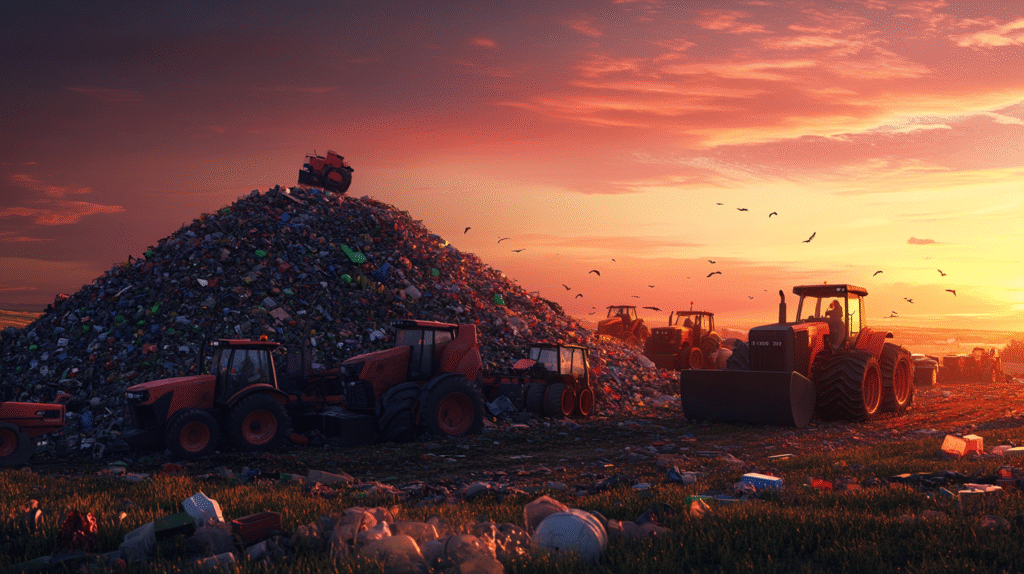
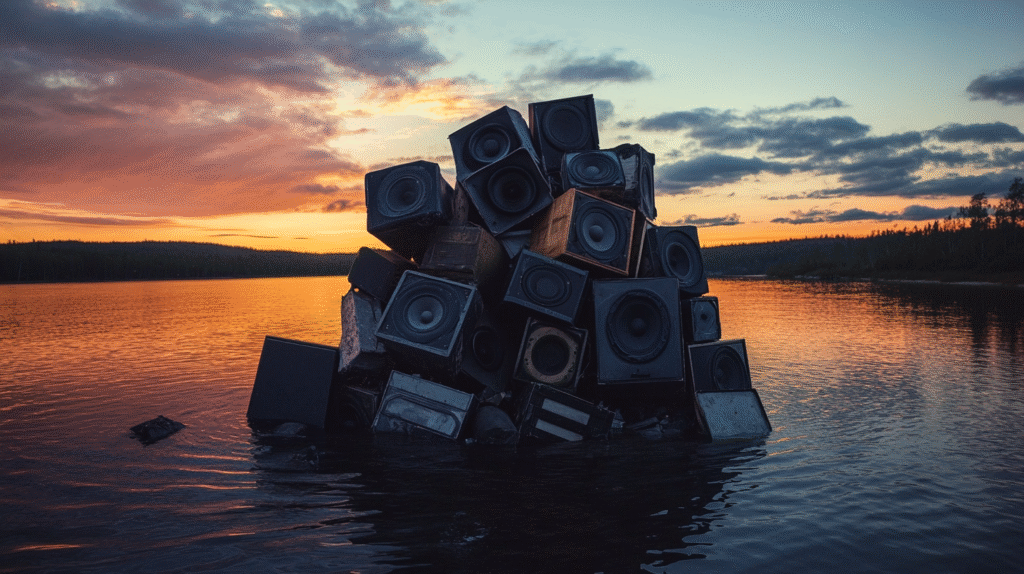
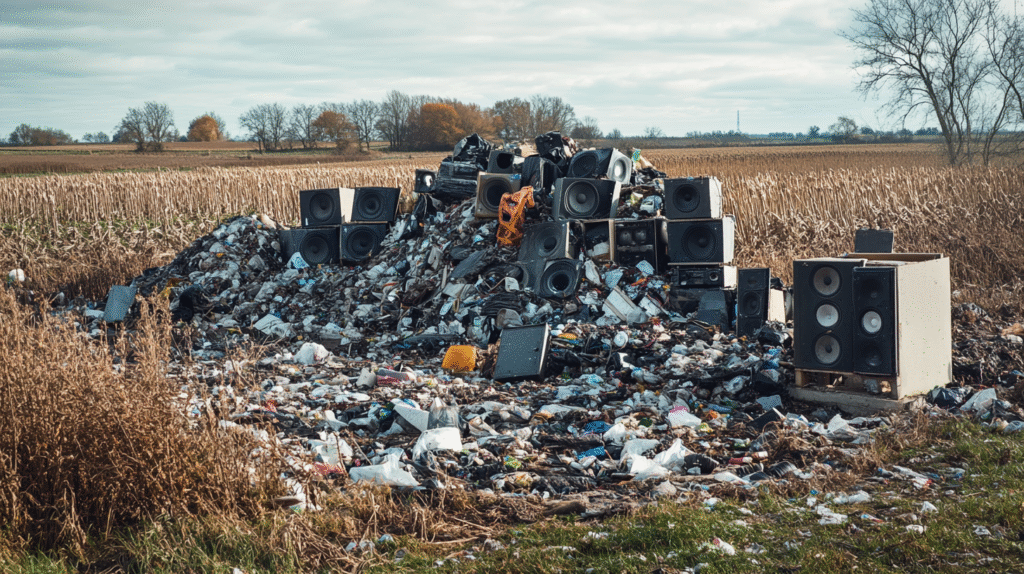
SKETCHING AND IDEATION




PROTOTYPING & CONSTRUCTION
During our process of designing this sculpture, we played around with the layout and materials.
Frame Prototyping:
Initially, we envisioned a rectangular wall structure, with one side covered in balloons and the other in textured materials, and speakers embedded in the center to emit sound and trigger vibrations in the balloons. However, we soon realized that this rigid construction was limiting both visually and functionally. This prompted us to explore alternative layouts, ultimately leading to the concept for our final exhibition. Instead of a single flat wall, we created a series of smaller boxes in varying sizes, stacked and angled in dynamic ways. The result was a more sculptural, engaging installation that felt alive and interactive, rather than static or confined to a traditional wall format.
Material Prototyping:
We didn’t have specific materials in mind at the start, so we went out searching, letting what we found guide our build. We explored dumpsters and collected used, recycled, and discarded items, which ultimately became the foundation of our piece. Among our discoveries were denim, thick and thin fabrics, marbles, buttons, plastic bags, cellophane, old purses, acrylic, and scrap wood. All of the fabric elements were carefully sewn together by hand, while the rest of the materials were glued and crafted to fit the form of our installation. Everything was mounted on recycled cardboard that was nailed into the wood frame, which we also salvaged from the dumpster. The process was entirely hands-on and resourceful, embracing the idea that creativity can thrive through reuse and reinvention.
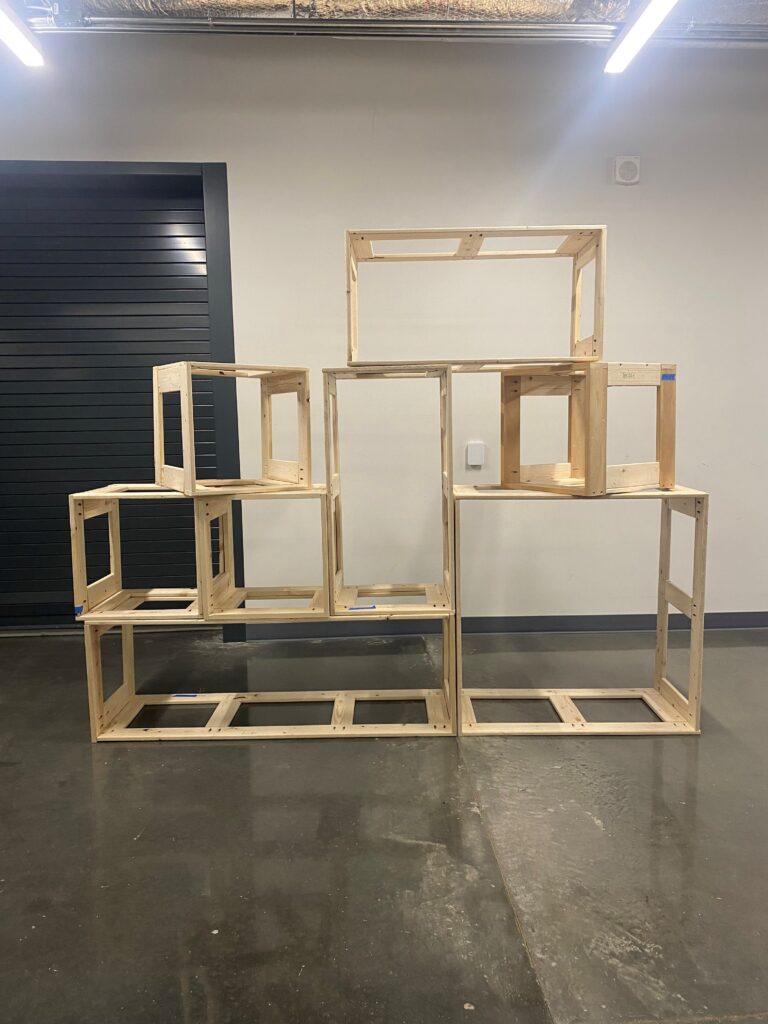
gallery of prototyping scans, images, and video {delete this note}
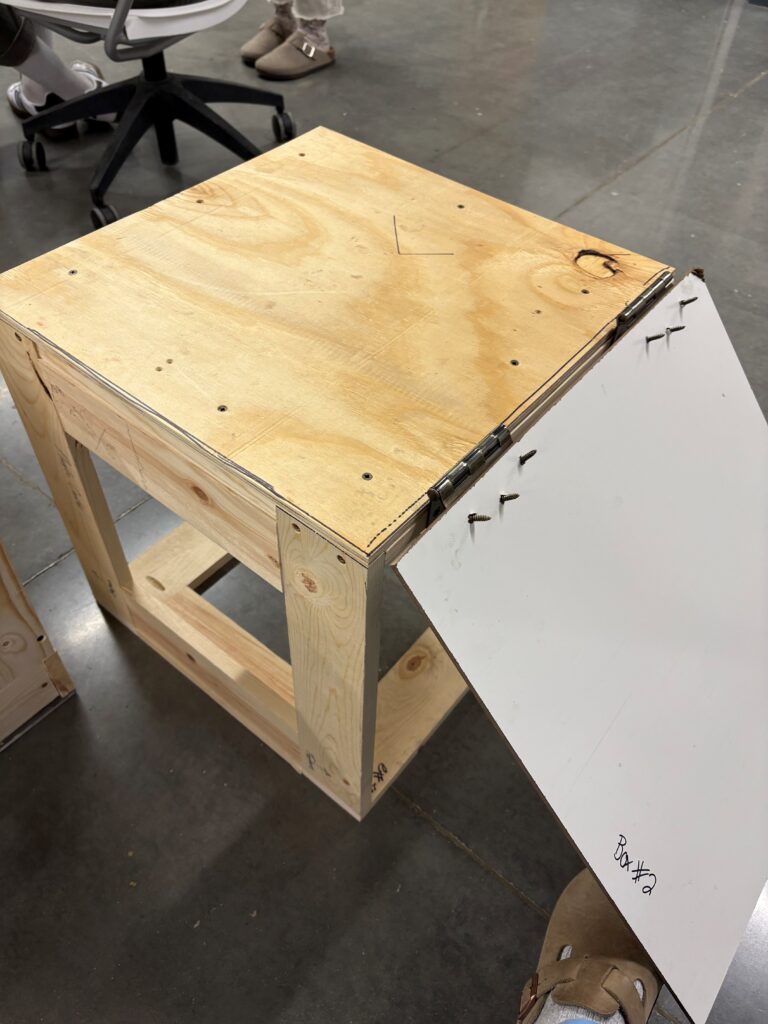
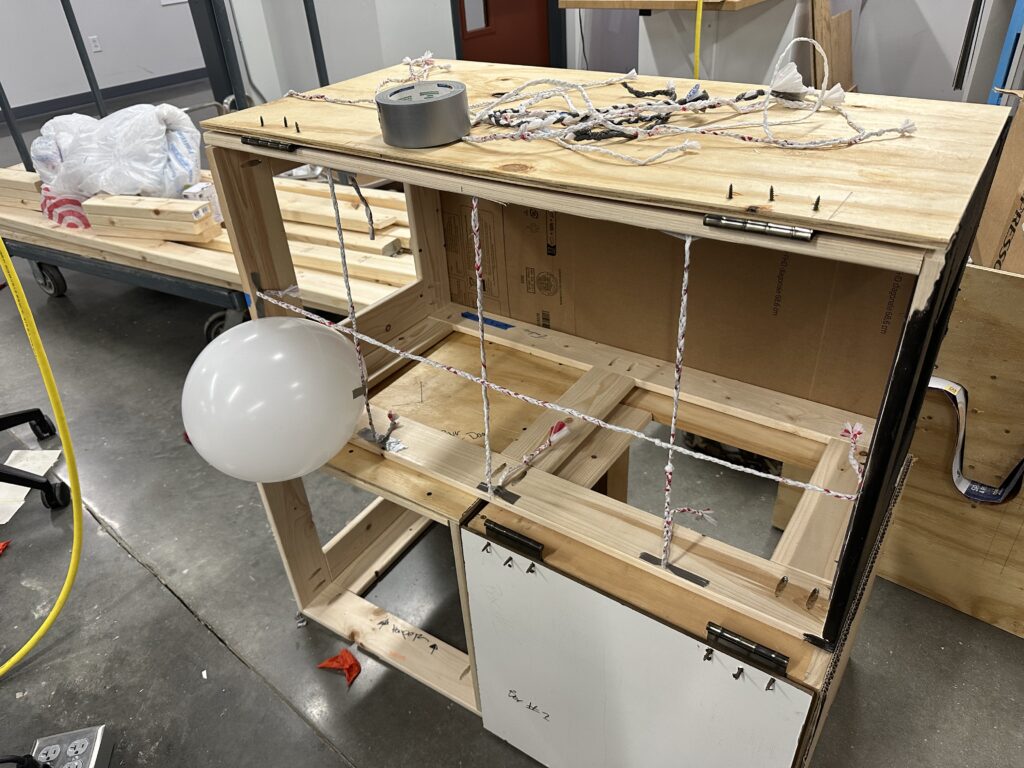
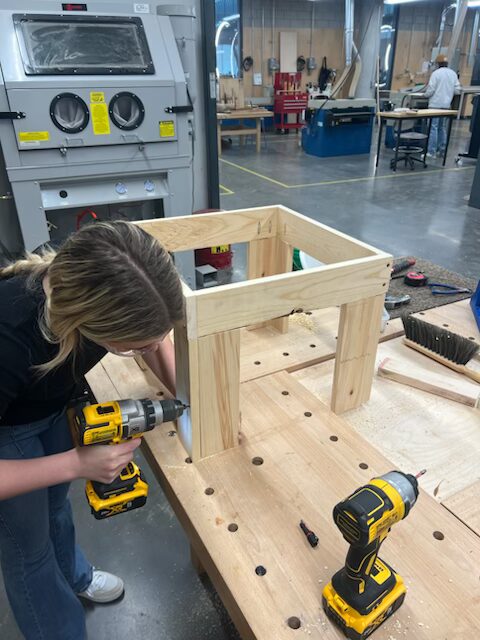
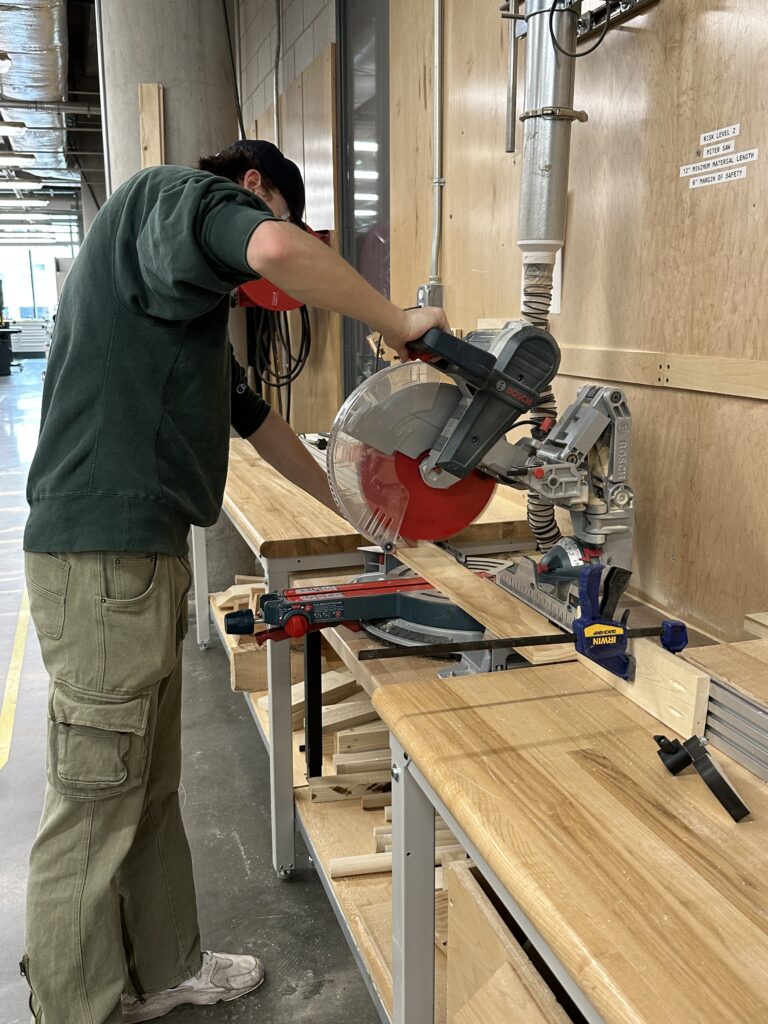
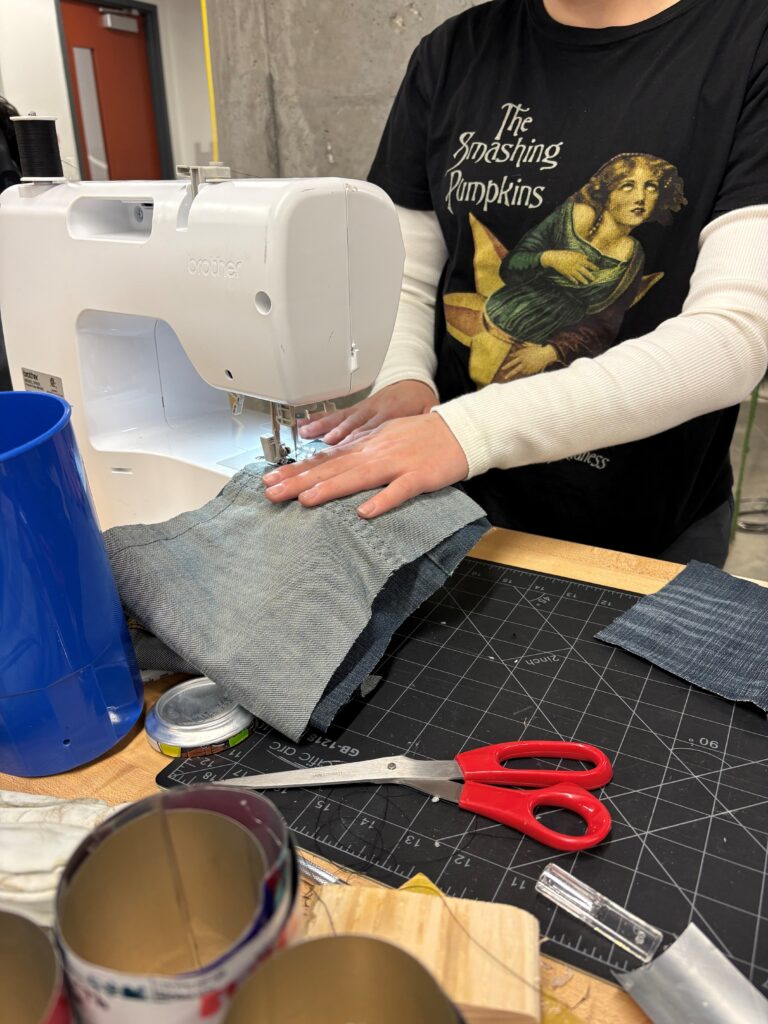
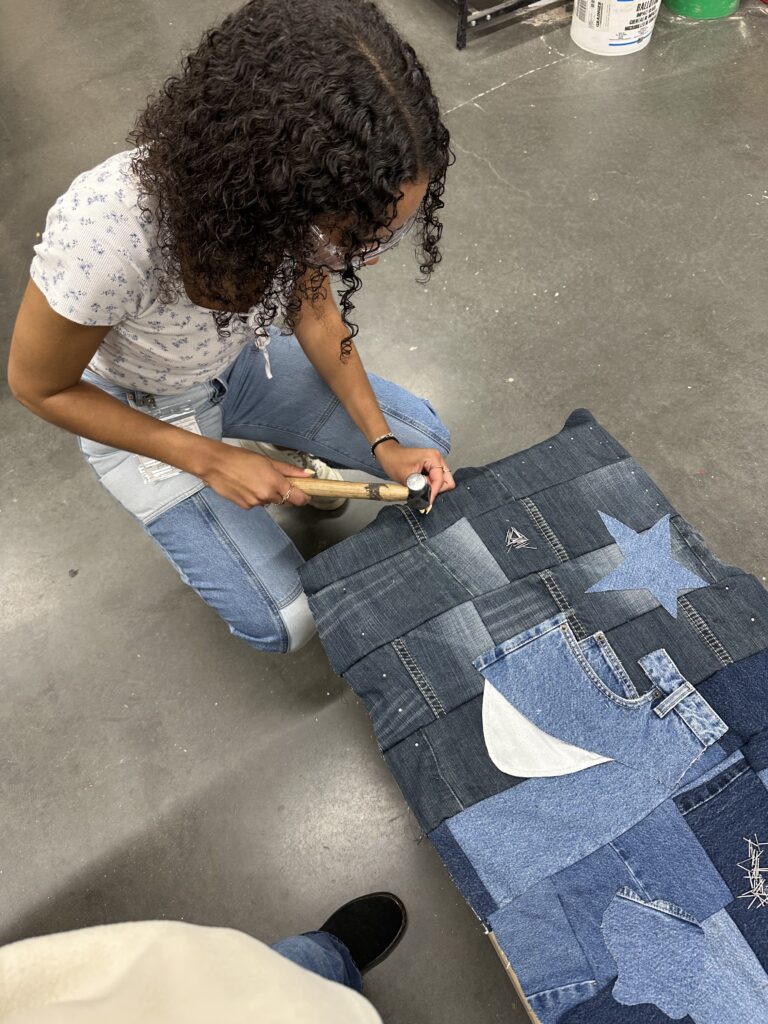
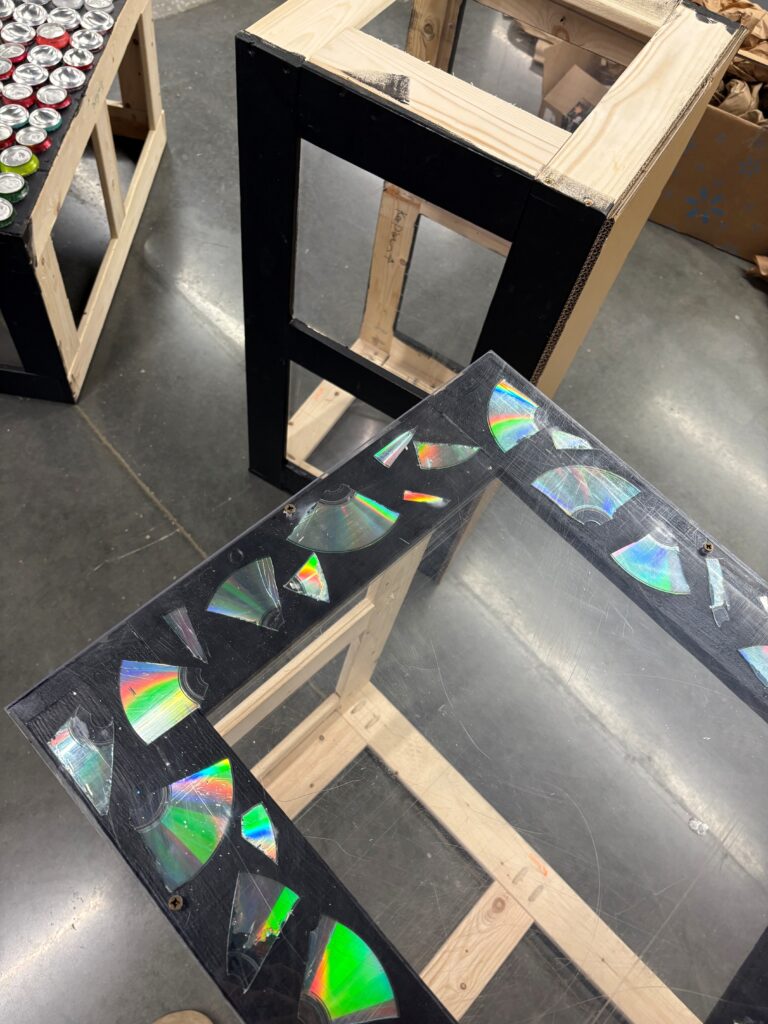
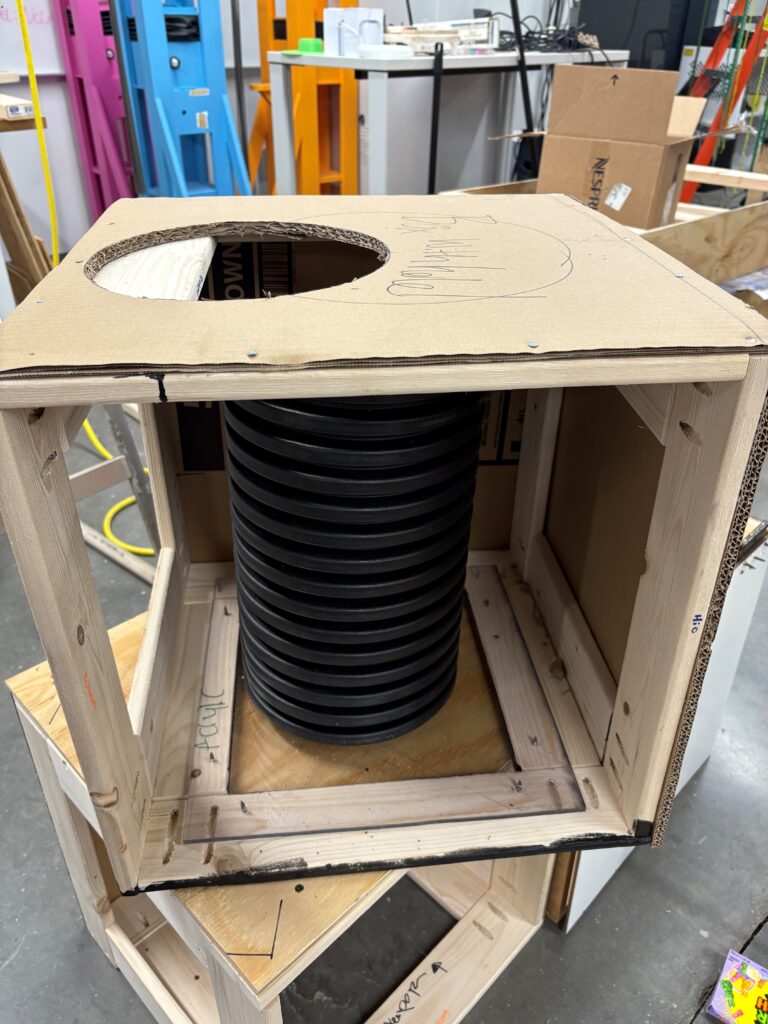
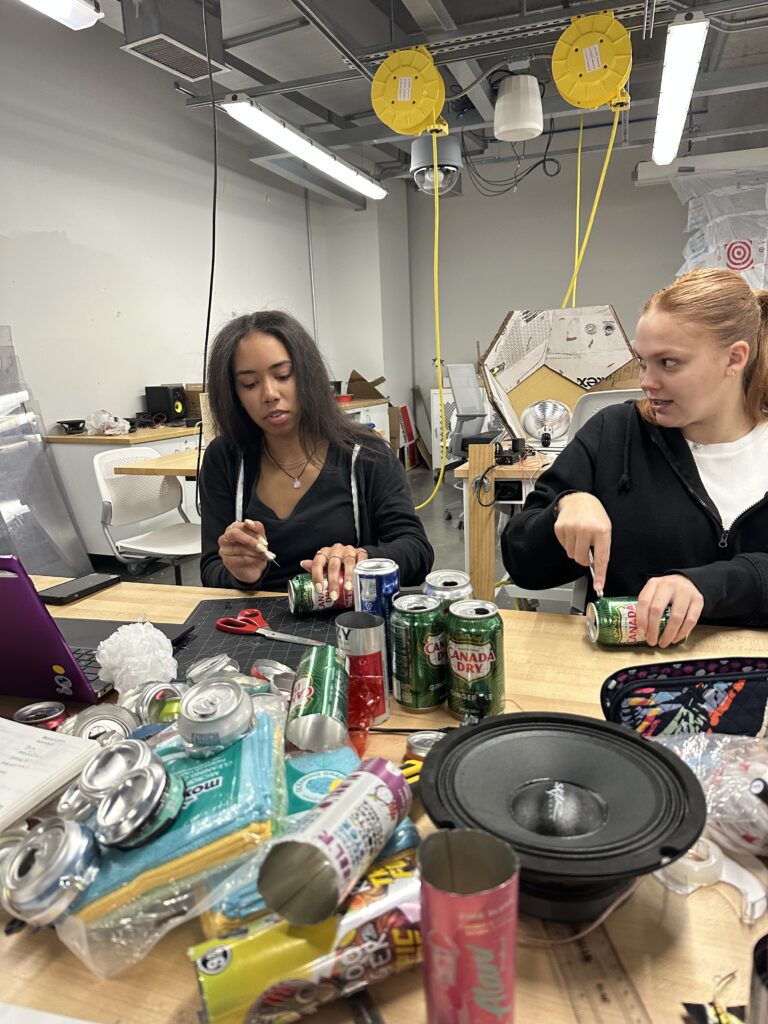
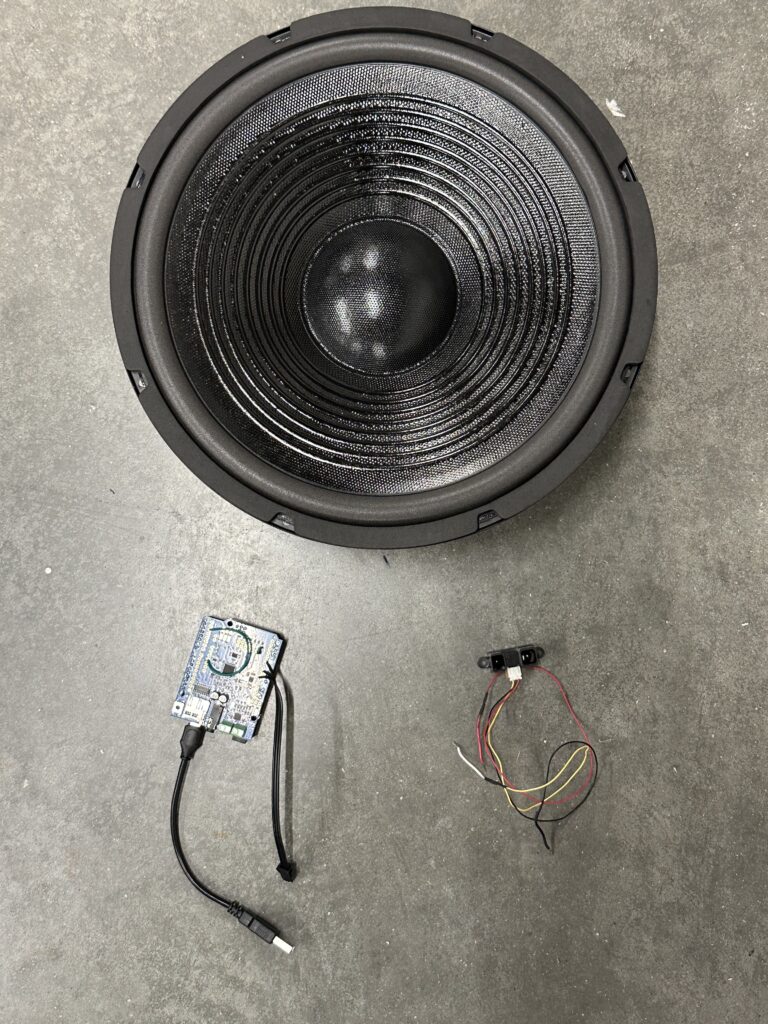
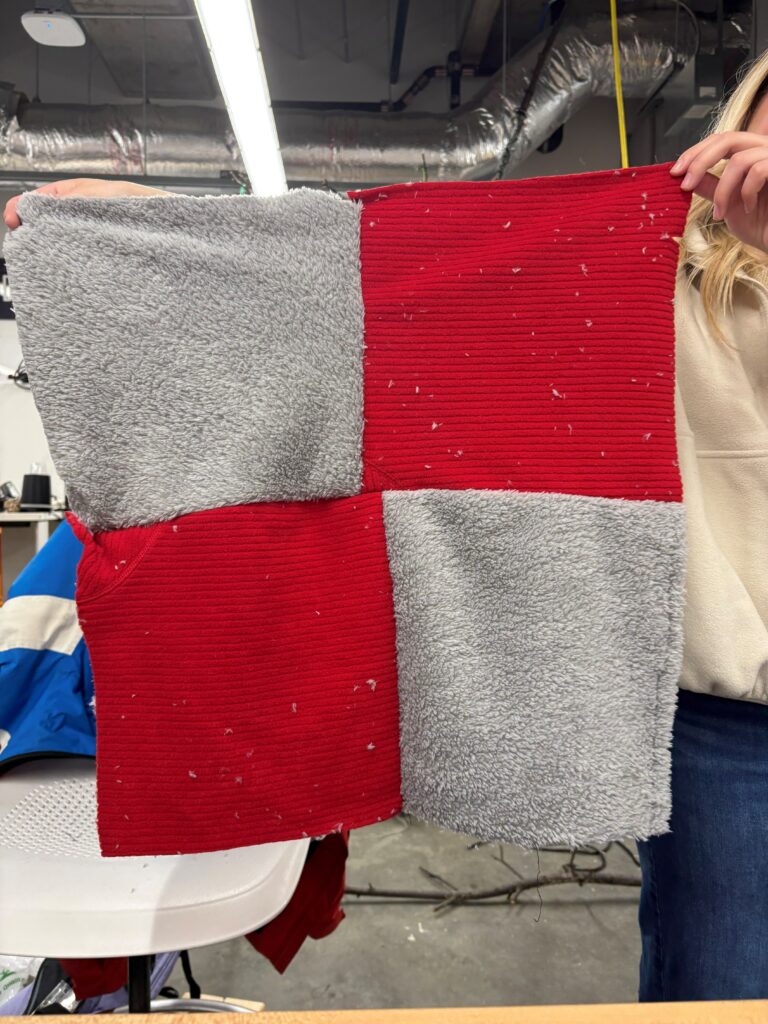
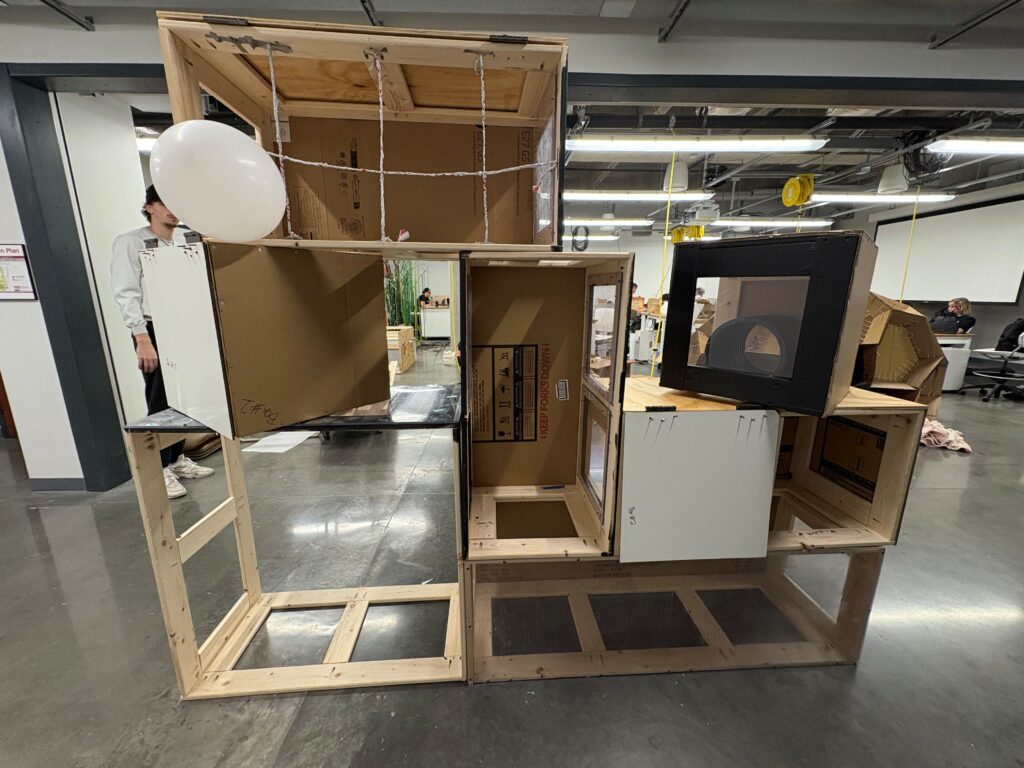
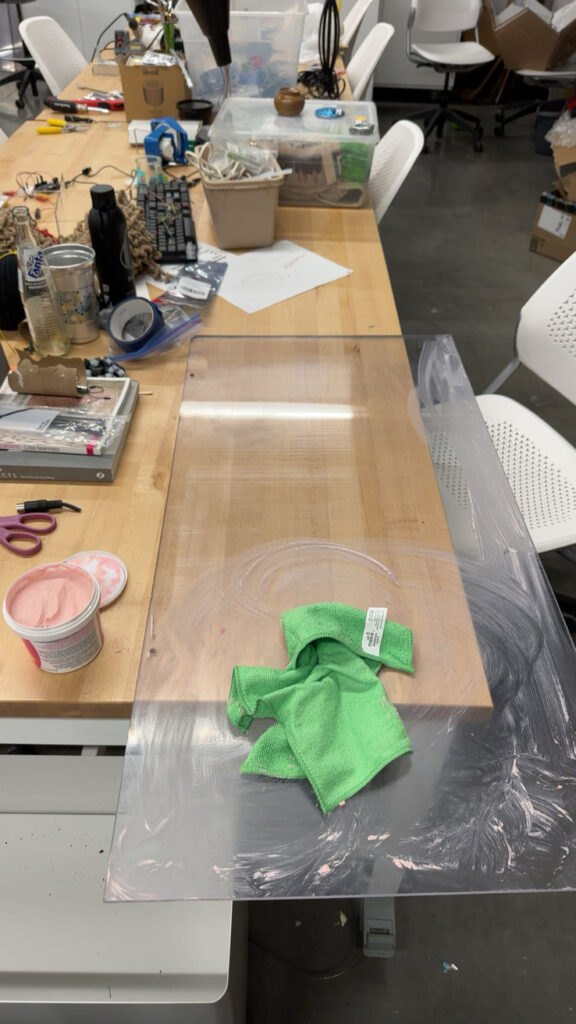
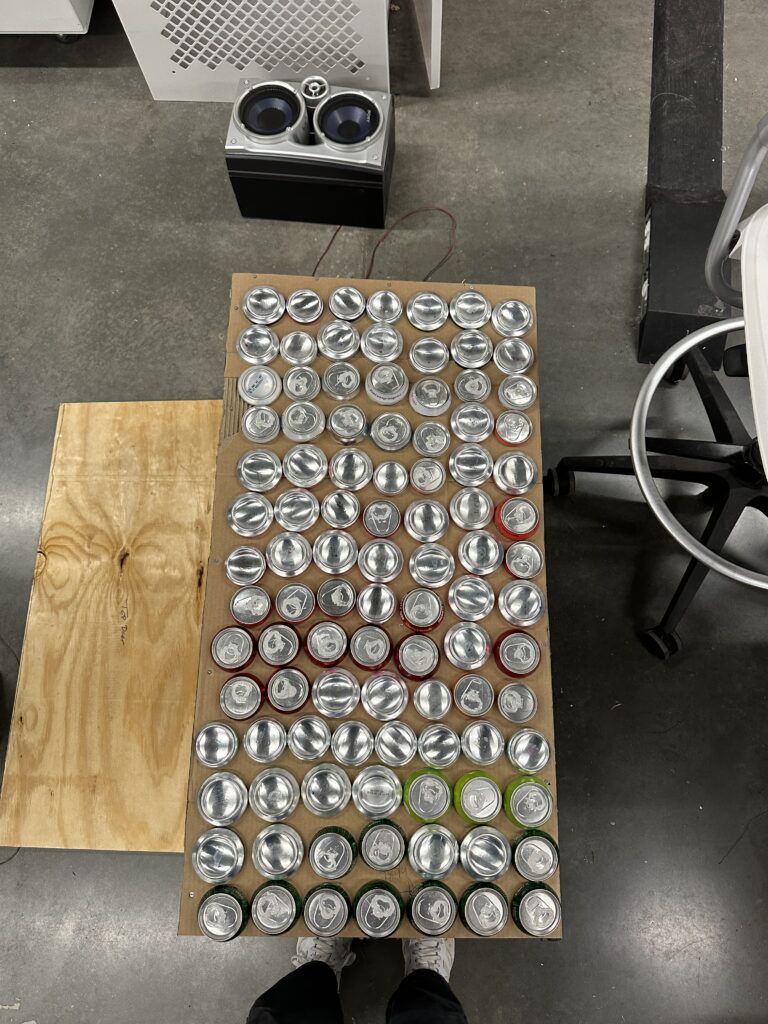
BUILDOUT & SOUNDS
After getting certified in the woodshop, our team used that space to build the frames for the installation. We assembled everything using a mix of gluing and nailing, completing most of that work in our classroom space. Beyond the physical construction and materials, the project also incorporated a significant digital component. Five of the boxes are interactive, using capacitive touch sensors. Look for the copper tape and press it to trigger sound. The sensors are located on the side of the boxes that feature our recycled materials, which serve as different textures for a tactile experience. One box uses an infrared (IR) sensor, which can be activated by locating and interacting with the attached tube. For the audio system, we used multiple Adafruit Music Maker boards, each connected to an amplifier and speaker. These speakers were directed toward the balloons, allowing the vibrations from the sound to animate their surfaces and create a dynamic, multisensory experience. Almost all of the sounds were made by friends and family aside from a couple filler sounds, such as the siren for the IR sensor box. To help visitors understand the installation even when we weren’t present, we also created posters with a brief description of the project, offering context and inviting people to explore and engage on their own.
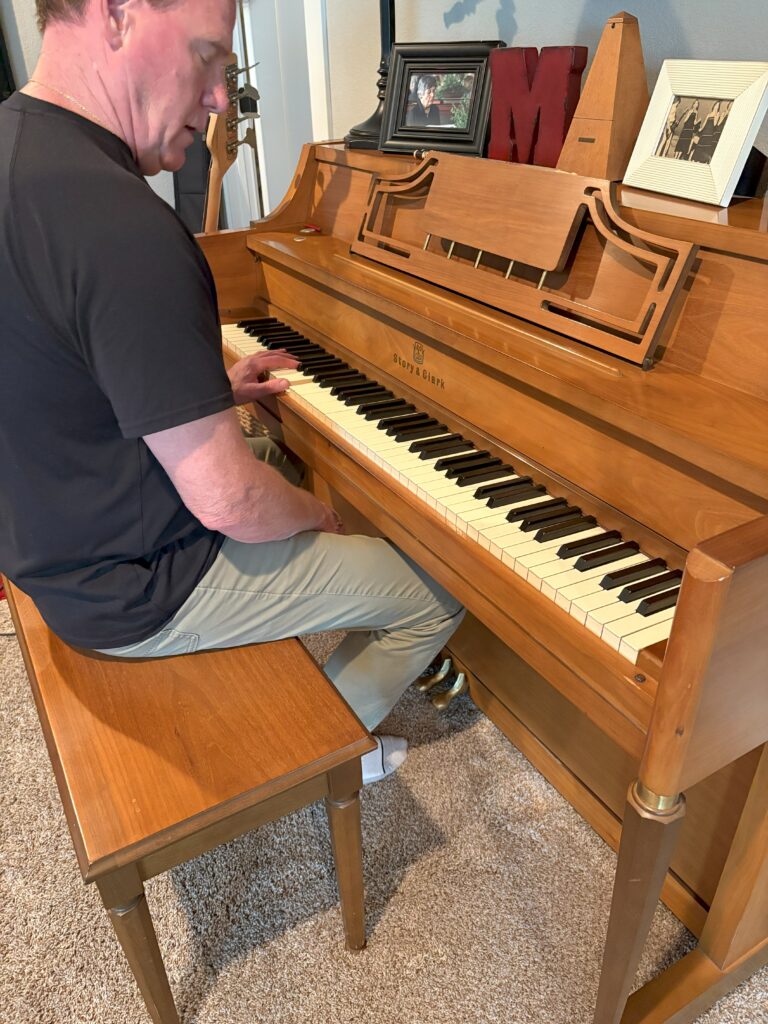
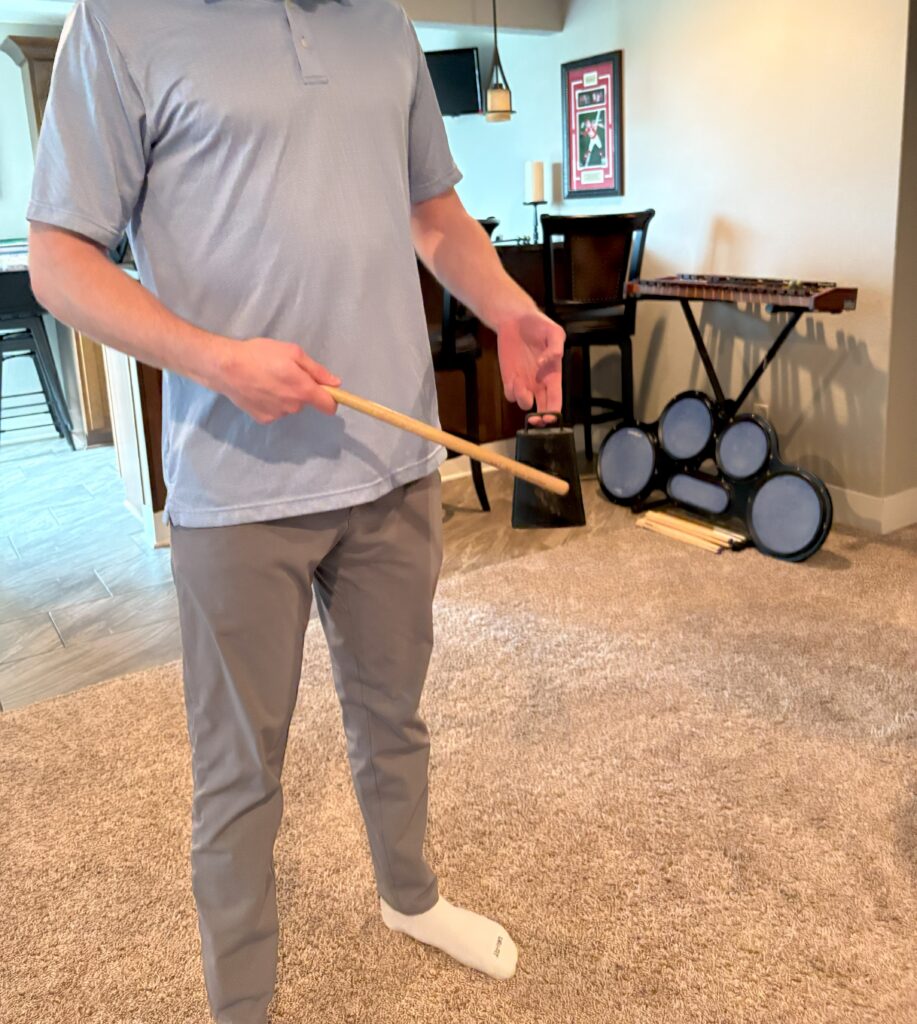
EXHIBITION & CONCLUSION
It was incredibly rewarding to see our installation come to life and watch people interact with it in their own unique ways. The experience varied, depending on whether someone explored it alone or with a group. Solo visitors often took a more reflective approach, while groups brought a more playful, collaborative energy. One of the most memorable reactions consistently came from the box with the IR sensor; people would stick their hand into the tube without knowing what to expect, and their surprise when it triggered sound was always fun to watch. Another highlight was the chalkboard paint we applied to some of the boxes. Over time, it filled up with drawings, signatures, and messages. It became a visual record of engagement, allowing us to see just how many people had interacted with the piece each day.
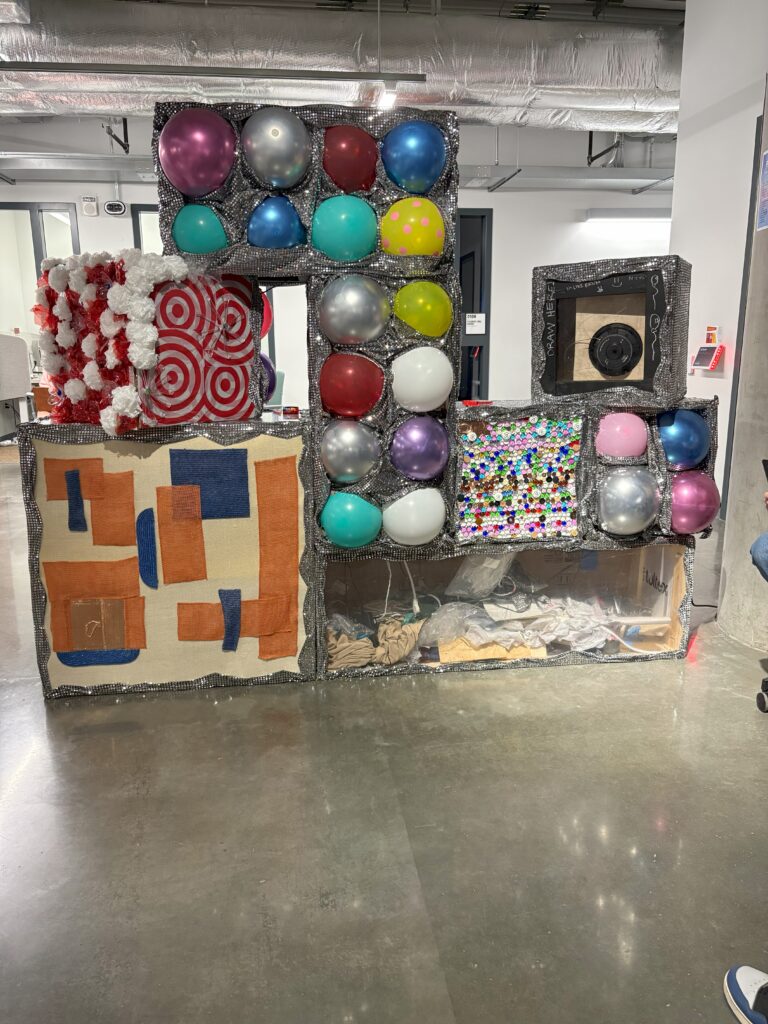
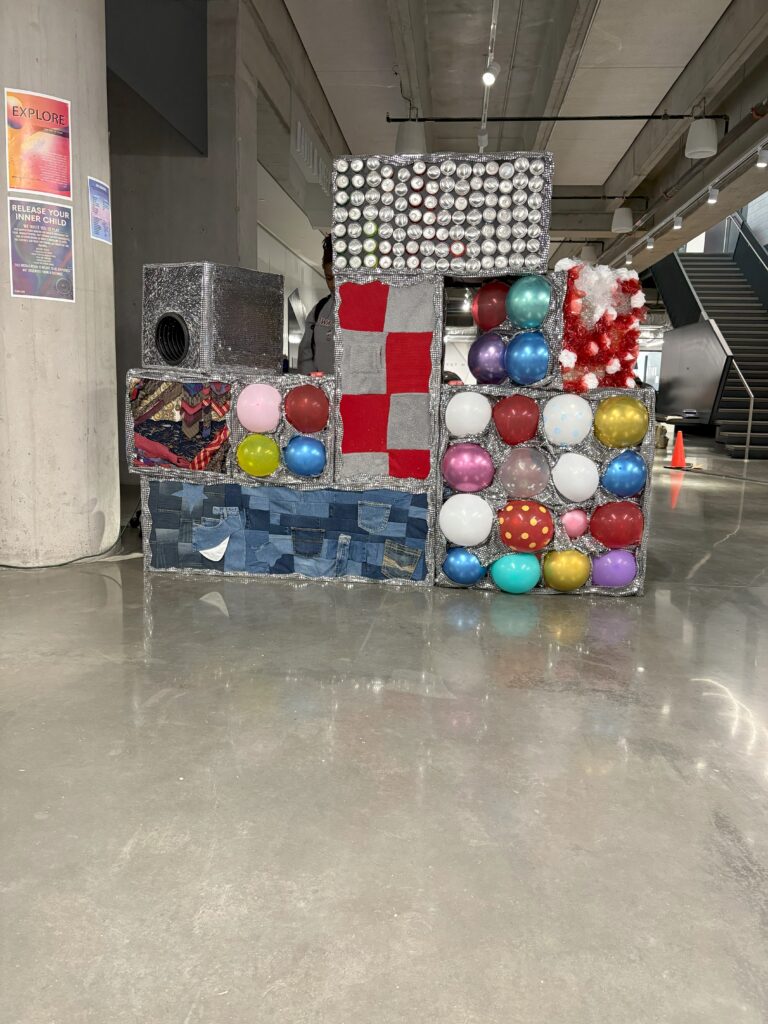
POST PROJECT WASTE
So, what happens to the project when it’s all done? That was one of the biggest questions we had throughout the process — and now we finally have some answers. For the balloons, we were able to cut them down and pass them along to a local facility that will use them as composting material. The small square boxes were stripped of their outer materials and are now being repurposed as seating around a fireplace. The wood and acrylic from the project are being donated to the Armory and Innovation Center wood shops, where students can use them free of cost or as practice materials. The fabric scraps are going home with me (Aleyah), where I’ll combine them with my existing stash to create soft goods or clothing pieces entirely from leftovers.I thought that was such a sweet idea and I’m so glad they’ll continue on in a beautiful, meaningful way. I’ll also be reusing the jean patchwork to create a few tote bags, nothing wasted, just reimagined.
As for the recyclables like cans, cardboard, and plastics, everything went right back into the recycling bin, and yes, we made sure to remove any glue or adhesives before doing so. One of the more unexpected and sweet moments came when I showed the project to my aunt, who’s currently planning a thrifted, DIY-style wedding. Most of her decorations and materials have been sourced from secondhand stores, and she recently found this gorgeous multicolored stained glass windowpane that’s inspiring her whole look. When she saw the half-marbles from our project, she immediately lit up and asked if she could reuse them as vase and candle fillers for her guestbook table. I thought that was such a perfect idea, and I love that they’ll get to live on in something so meaningful.
In the end, it’s really satisfying to know that the things we used didn’t just serve a moment, but are continuing on and being reimagined, reused, and given second lives. That’s what this whole project was about: creativity, care, and keeping things moving forward.
